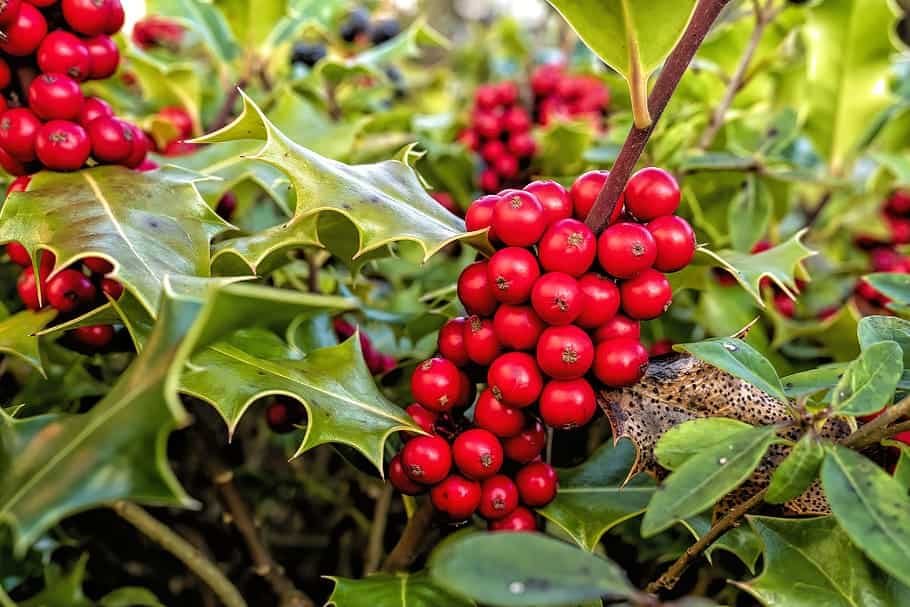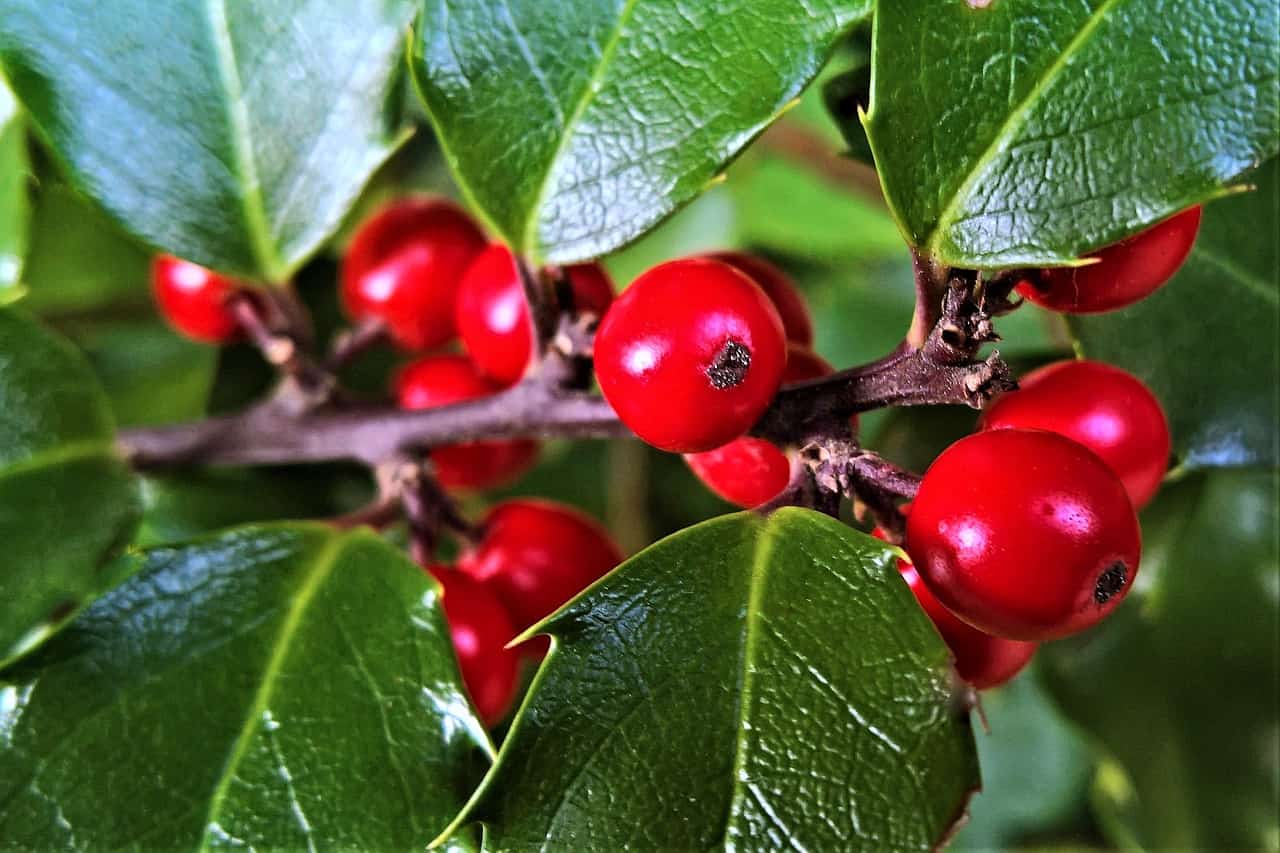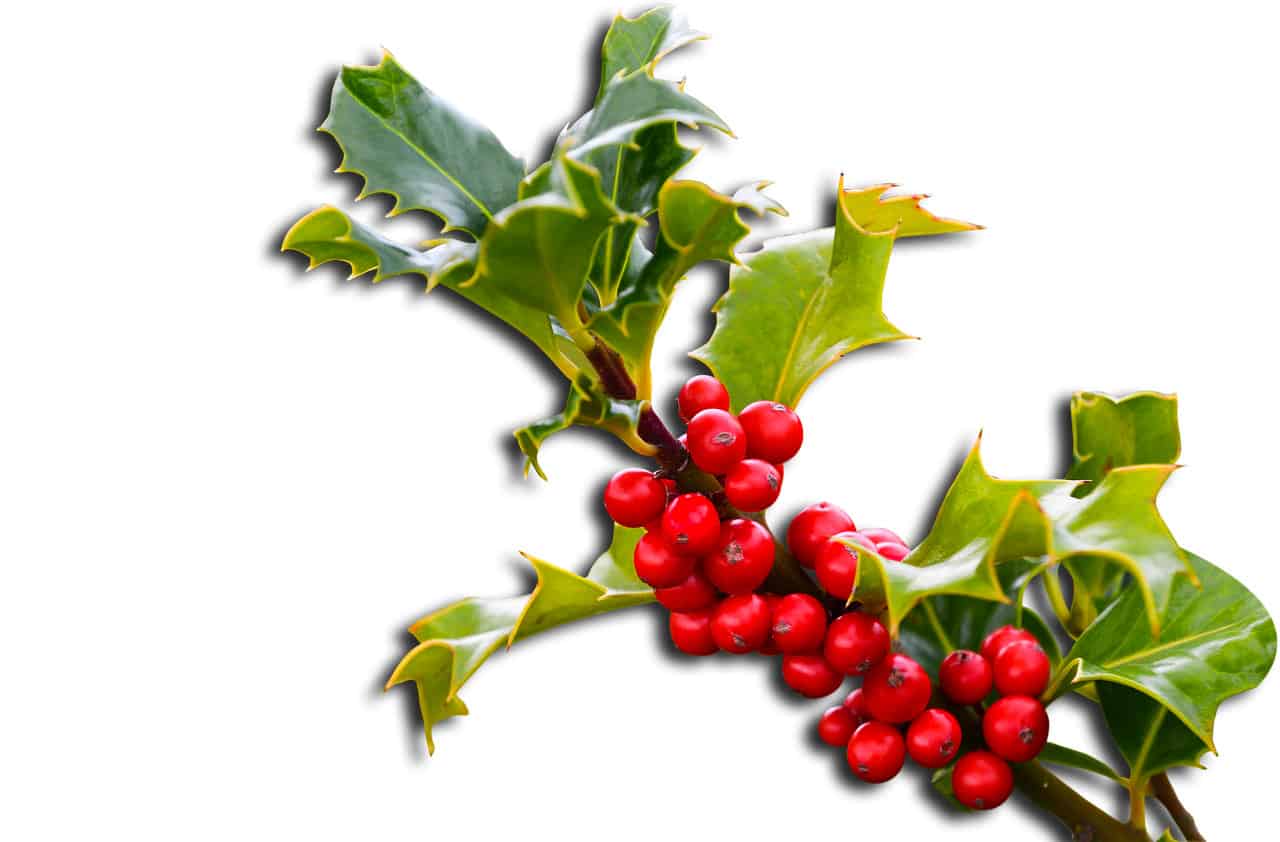No products in the cart.
Recently we looked at caring for the Blue Princess holly, a popular Christmas decoration in the home. Today we will look closer at another evergreen shrub, the Soft Touch holly bush, famous over the festive season.
The best part is that you can grow the Ilex crenata Soft Touch as a bonsai tree.
Plant Name: Ilex crenata Soft Touch
Other Name: Soft Touch Holly or Boxed-Leaved Soft Touch Hollies
Plant Type: Evergreen Shrub
Native Areas: Cultivar
Light Requirement: Full Sun to Partial Shade
Watering: Moderate
Fertilizer: General Purpose Fertilizer
Toxicity: No toxicity report, but the fruits are known to be toxic in the genus
Temperature: Down to -10°F
Propagation: Cuttings
Growth: 2-3 feet tall with a spread of up to 4 feet wide
Soil Type: Well-Drained Soil and Acid-Loving Plants
USDA Zones: 6-9
More About Ilex Crenata Soft Touch Holly
The Soft Touch holly is an Ilex crenata or Japanese Holly family member. It is a low-growing with mounding growth habit. Hence, it forms a rounded boxwood shape with soft textured interesting silver mid-vein.
The shrub has glossy green leaves with a naturally dense form and responds well to shearing, perfect for foundation planting. In addition, you can use it to underplant a mid-sized tree or grow it as a hedge.
Another highlight found compared to other holly plants is the black ornamental berries persist throughout the cold months. Hence, it adds cool-season interest to the landscape. Still, you will need both male and female hollies to produce berries.
Soft Touch Holly Care Guide

These holly shrubs prefer a sunny location with light shade in the afternoons. The female outdoor plant remains small, and spacing is not a huge concern.
Hence, we recommend placing your Soft Touch holly about three feet apart. Then, you can dig a hole twice the root ball’s diameter at the same depth. Ensure to moisten the hole and spread the roots out in the hole.
Backfill the hole and tamp it down firmly to remove air pockets and water again. Great, now that we know how to plant the holly shrubs, let’s look at their needs.
Soil For Healthy Plants
To give your Soft Touch holly the best start, plant them in spring or early fall. The Soft Touch prefers slightly acidic soil but needs to be well-suited for drainage. With good draining soil, it helps prevent diseases like root rot.
Lighting Needs For Your Compact Holly

While your female plant to male holly produces lush greenery, it needs enough light to achieve this. The Soft Touch holly needs full sun to partial sunlight for at least eight hours daily. Extreme heat helps provide some part shade to protect the new growth.
Watering Soft Touch Hollies
After you plant your young shrub, it will need regular watering to keep the soil moist. While holly is a drought-tolerant plant, it needs consistent moisture for new growth.
And believe it feels silky when you touch holly like the Soft Touch. Once your tree matures, you can start reducing the water.
The rule is to check if the top two inches of the soil are dry before watering. As mentioned, this holly works ideal in mass plantings.
Temperature and Humidity

The Soft Touch holly might not thrive in the USDA hardiness zones 8-9, where very high heat to humidity is present. Hence, we recommend you grow them where they can receive morning sun to afternoon shade compared to other shrubs.
Fertilizer For Holly Ilex Crenata
The best time to feed your Soft Touch holly is early spring during the growing season. Choose a feed suitable for acid-loving plants that is balanced. Refrain from feeding your holly in winter as your plant goes dormant.
Pruning Holly Ilex Crenata

Pruning Soft Touch holly will help encourage new growth to make it bloom more flowers, and it will help to retain its shape and size.
When removing dead branches, it helps to trim close to the trunk and flush with the bark. We recommend cutting above a leaf bud at an angle to control the plant’s size or shape. The bud is where the new growth will sprout.
Always use sterilized sharp pruning tools to prevent the spread of diseases.
Propagation of Soft Touch Holly
A great way to ensure you always have those bright red berries available to add winter interest to your garden is with propagation. Still, you will need a female and male plant grown close together. Yet, you can do propagation using cuttings or seeds.
CUTTING PROPAGATION
Here it would be best if you remember it is a lengthy task, and the time to take the cuttings depends on the cutting you want to use—softwood cuttings you can take in summer or late fall. For hardwood cuttings, the best time is in winter when your plant is dormant.
Make your cuttings about a quarter inch below the leaf node when taking softwood cuttings; for hardwood cuttings, make a cut above or below the bud union for hardwood cutting.
Then prepare a container with potting soil and some sand.
Dip the cut end into rooting hormone and plant in the pot.
Keep the cutting moist and bright with indirect light.
SEED PROPAGATION
When you have a holly berry, it contains four seeds, but growing your tree from it is slow. It can take from 16 months to three years.
Collect the berries and remove the skin.
In cold water, rinse the seed and plant them in some soil-less potting medium in a large flat.
Cover the flats and place your seeds outside, protected from the winter.
By spring, you should see the seeds germinating, or you may need to leave them through to another winter.
Soft Touch Holly Similar Plants
There are several varieties in the garden to enjoy berries in the home for decoration.
Brass Buckle
Brass Buckle is another dwarf variety but not as common as the other hollies. It is a male variety with bright yellow foliage growing up to 18 inches tall. The foliage starts in green glossy leaves but turns yellow as it matures.
It can survive to heat well as it is not as prone to sunburn.
Chubby Hubby
The holly has dark green foliage appearing black in the light. The shrub can grow up to 7 feet tall and 4 feet wide. The branches grow upright, and it is a female shrub that is very rare to find.
Compacta
The Compacta plant size fits well into limited space, only growing up to 5 feet tall and wide. It has a mounding shape with glossy leaves. The female variety is an excellent replacement for the boxwood if you have acidic, moist, or clay.
Soft Touch Holly Common Diseases and Pests
While deer resistant, the Soft Touch can get a condition known as chlorosis. It can happen when your holly grows in a high alkaline level, as they prefer acidic soils. As a result, the leaves start to yellow. Another concern is pests like spider mites and aphids.
It also helps prevent disease by keeping the holy trimmed, well-ventilated, and not overwatered to avoid root ball rot, mildew, or leaf spots.
Frequently Asked Questions
While the Soft Touch adds year-round interest in the garden, some holly fruit was used in native American Indian medicine for heart stimulation. Furthermore, holly is used for fever, digestive disorders, and coughs.
The holly is a symbol taken on by the Christian community as it depicts the crown of thorns Christ had on his head. In contrast, the berries symbolize Christ’s blood, while the evergreen represents life after death. Hence, people started decking the halls with the holly; the tradition remains today.
There are two holly plants in North America producing caffeine. The Dahoon holly contains 80% less caffeine, while Yaupon has a higher caffeine content.
Centuries ago, the Druids believed that the holly provided protective qualities and brought good luck. The Romans also believed the plant provided good luck and gave newlyweds a holly wreath. Even the Chinese decorated the temples and halls with holly welcoming in the New Year.
The good news is that the Soft Touch holly is not a rare plant and is found at most local nurseries. Still, you need not leave your home! Plantly has a selection of hollies for you to buy. In addition, you can enjoy fast shipping to have your plant delivered to your door.
Whether you want to buy, sell, or simply reach out to other plant enthusiasts, Plantly is the right place to be!


